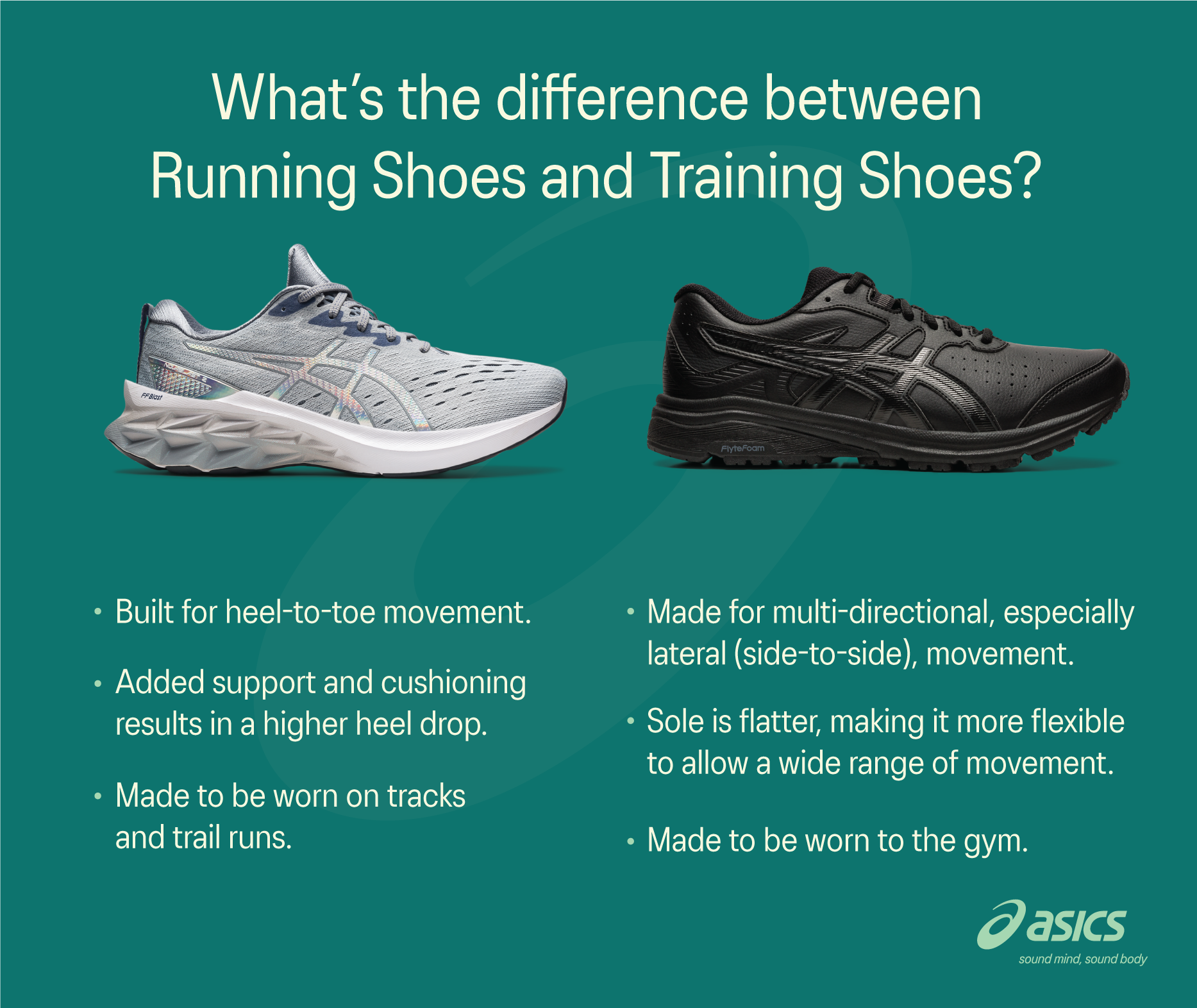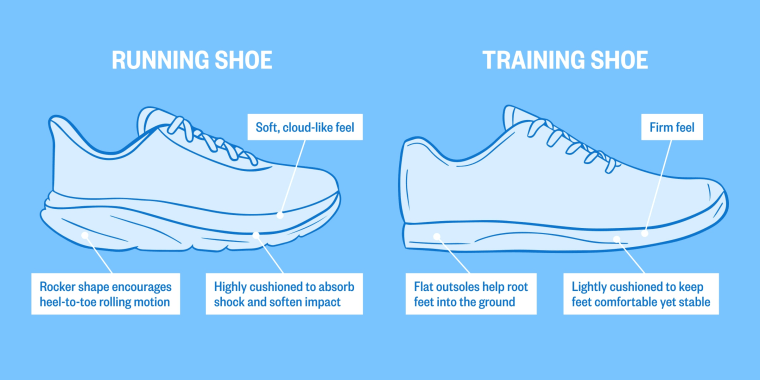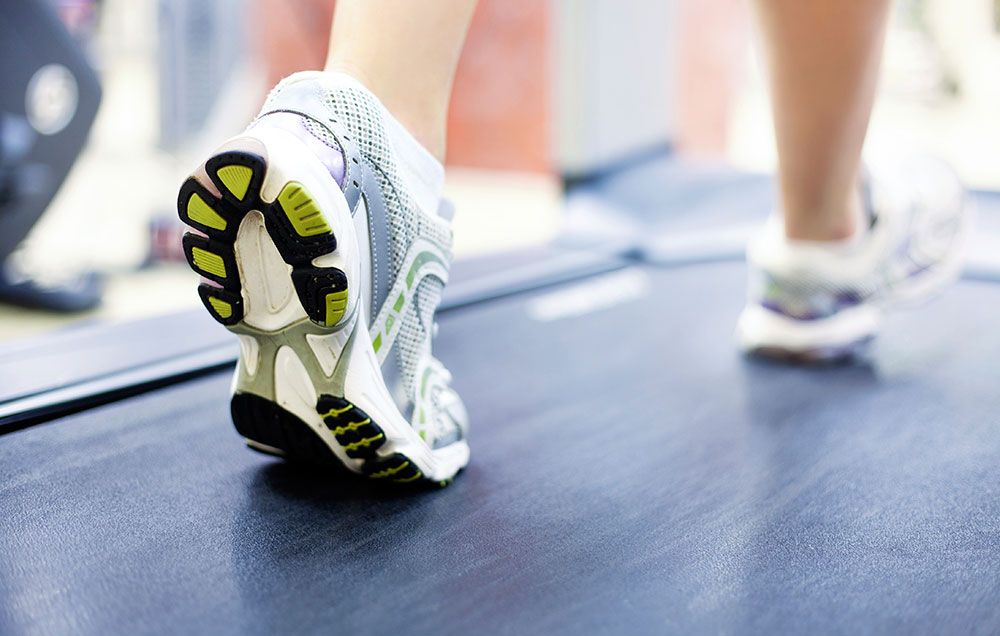Published on: October 27, 2023
Introduction
Choosing the right footwear is essential for both performance and injury prevention, whether you’re a seasoned runner or an avid walker. While running and walking may seem similar, the demands they place on your feet and body are quite different. This guide delves into the key differences between running and walking shoes, helping you make an informed decision tailored to your specific needs.
Understanding the Basics
What Are Running Shoes?
Running shoes are specifically designed to handle the high-impact activity of running. They offer cushioning, support, and flexibility to absorb shock and enhance performance. Key features often include lightweight materials, responsive midsoles, and reinforced heel counters.
What Are Walking Shoes?
Walking shoes cater to the biomechanics of walking. They provide stability, support for the arches, and cushioning for prolonged periods of low-impact activity. Walking shoes generally have a more flexible sole compared to running shoes, accommodating the heel-to-toe motion of walking.
Key Differences Between Running and Walking Shoes

Cushioning and Support
Running shoes typically offer more cushioning to handle the repetitive impact of running, which can exceed 3 times your body weight with each stride. Walking shoes provide adequate cushioning but focus more on support and stability to facilitate a smooth gait cycle.
Weight and Flexibility
Running shoes are generally lighter and more flexible to allow for faster movement and greater agility. Walking shoes tend to be slightly heavier with a firmer sole to support the foot during longer periods of walking.

Sole Design
The sole of a running shoe is designed to promote forward motion with features like a curved shape and responsive materials. Walking shoes have a flatter sole to encourage a heel-to-toe rolling motion, ensuring energy efficiency over longer distances.
Heel-to-Toe Drop
Running shoes often have a higher heel-to-toe drop, which aids in propulsion and reduces strain on the Achilles tendon. Walking shoes usually have a lower drop to promote a natural walking gait and reduce heel strain.

Comparison Table
| Feature | Running Shoes | Walking Shoes |
|---|---|---|
| Cushioning | High to absorb impact | Moderate to support gait |
| Weight | Lightweight | Slightly heavier |
| Flexibility | High flexibility | Moderate flexibility |
| Sole Design | Curved and responsive | Flat and stable |
| Heel-to-Toe Drop | Higher drop | Lower drop |
| Durability | Designed for repetitive impact | Built for long-term support |
| Breathability | Highly breathable materials | Breathable but supportive |
Choosing the Right Shoe for Your Activity

Assessing Your Gait
Understanding your gait is crucial in selecting the right footwear. A gait analysis can help identify if you have overpronation, supination, or a neutral gait, which will influence the type of shoe you need for optimal support.
For more details on gait analysis, visit the National Institutes of Health.
Foot Type Considerations
Your foot type—whether flat, high-arched, or neutral—also plays a significant role in determining the best shoe for you. Running shoes often have features to accommodate various arch types, while walking shoes are designed to provide consistent support.

Pros and Cons
Running Shoes
- Pros: Excellent cushioning, lightweight, highly flexible, enhances performance.
- Cons: May lack the necessary support for walking, higher cost.

Walking Shoes
- Pros: Superior support and stability, durable for long-term use, comfortable for extended walking.
- Cons: Heavier than running shoes, less flexibility can impede running performance.
Expert Tips for Choosing the Right Shoes

Try Before You Buy
Always try on shoes later in the day when your feet are swollen to ensure a comfortable fit. Wear the socks you intend to use during your activities to get an accurate fit.
Consider Your Activity Level
If you plan to alternate between running and walking, consider investing in hybrid shoes or owning a pair of each to cater to the specific demands of each activity.

Replace Worn-Out Shoes
Shoes lose their cushioning and support over time. Replace your running or walking shoes every 300-500 miles to maintain optimal performance and reduce injury risk.
Popular Brands and Technologies

Nike Air Zoom
Nike’s Air Zoom technology provides responsive cushioning, making their running shoes a favorite among athletes seeking speed and comfort.
Brooks Walking Shoes
Brooks offers a range of walking shoes known for their exceptional support and durability, ideal for those who prioritize comfort during long walks.
ASICS Gel Technology
ASICS incorporates Gel cushioning in their running shoes to absorb shock and enhance stability, catering to both elite runners and casual joggers.
Local Experiences: USA Footwear Trends
In the USA, the trend towards minimalist and barefoot-style shoes has influenced both running and walking shoe designs. Brands are increasingly incorporating sustainable materials and ergonomic designs to meet the growing demand for eco-friendly and health-conscious footwear.
Visit the Arthritis Foundation for more information on foot health and footwear recommendations.
Frequently Asked Questions (FAQs)
Can I use running shoes for walking?
While running shoes can be used for walking, they may offer excessive cushioning and flexibility that isn’t necessary for walking, potentially leading to reduced support and comfort over long distances.
Are walking shoes suitable for fitness activities?
Yes, walking shoes can be suitable for low-impact fitness activities. However, for high-intensity workouts or activities involving significant impact, running shoes may provide better support and cushioning.
How often should I replace my running or walking shoes?
It is generally recommended to replace running shoes every 300-500 miles and walking shoes every 400-600 miles, depending on usage and wear patterns.
What features should I look for in a running shoe?
Look for features such as adequate cushioning, support for your arch type, lightweight materials, breathability, and a sole that matches your gait and running style.
What are the benefits of specialized walking shoes?
Specialized walking shoes provide enhanced support, stability, and cushioning tailored to the biomechanics of walking, reducing the risk of injury and improving comfort during long walks.
Conclusion
Choosing between running and walking shoes depends largely on your specific activity, foot type, and personal preferences. Understanding the distinct features and benefits of each can help you make an informed decision, ensuring comfort, performance, and injury prevention. Whether you’re hitting the trails for a run or enjoying a leisurely walk in your neighborhood, the right footwear makes all the difference.
